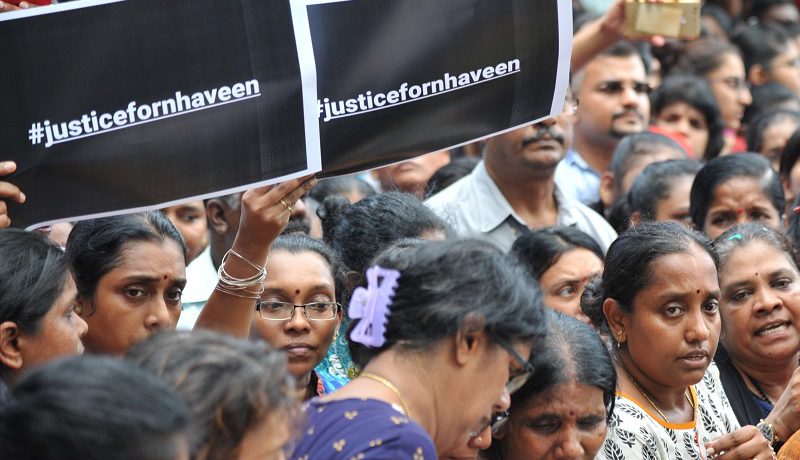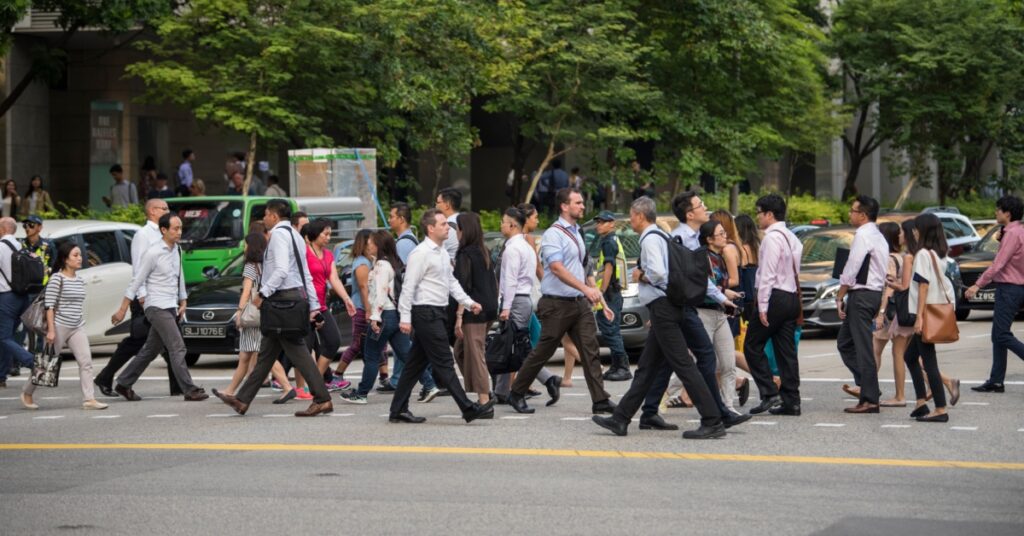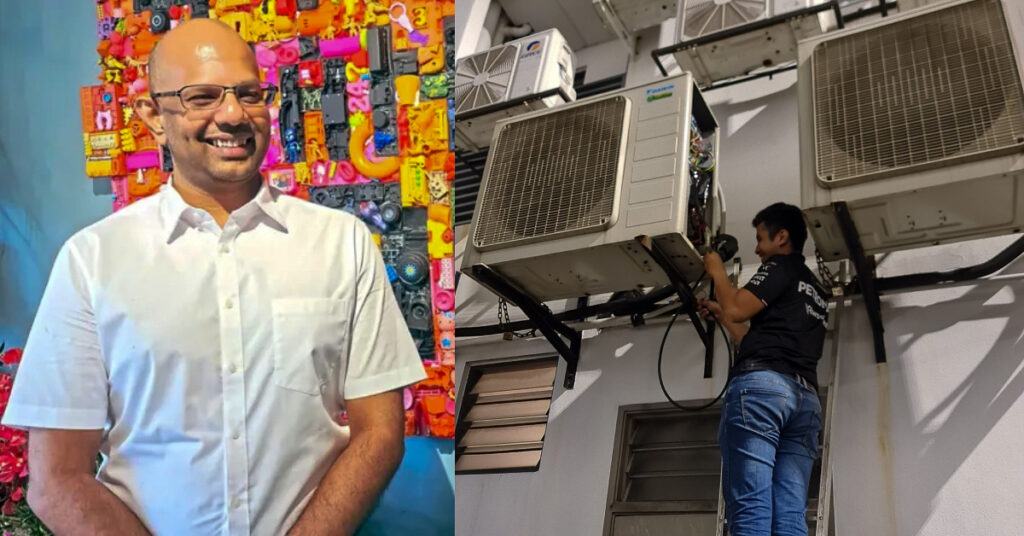We’re going to have to come to terms with the fact that we have a bullying problem here in Malaysia.
Too often, it’s treated like a rite of passage, or even a way of life. But with two high profile cases happening almost back to back, now’s a good time for proper conversation to happen about it.
First was the death of Zulfarhan Osman bin Zulkarnain, who was tortured for 8 hours starting on the 20th of May over a missing laptop.
Next, was the death of T Nhaveen, who was found in a coma after being bludgeoned, with traces of sodomy and burns on his back.
And the public is hungry for blood.
Certain netizens (either the majority or the vocal minority) are arguing that the accused in both cases should be hung for their crimes.
In Zulfarhan’s case, the case against the accused could lead them to the gallows.
It’s a neat and tidy way of looking at things, which fit a certain narrative. An eye for an eye, a tooth for a tooth; justice must and will be served.
We instinctively like the idea that people should be punished for doing wrong, and the punishment should suit the crime.
We call it justice, but to what purpose?

If you agree with the statement above, think again.
No study has ever proven that capital punishment has deterred any crime. Even an article on The Malaysian Bar has discussed this—in 2005.
“The psychological mind-set of the criminal is such that they are not able to consider consequences at the time of the crime.”

Which leads to this question instead: Where’s the justice for the victims and their families?
And here’s where things don’t fit the narrative most would like.
“This court does not sit here to hand out to victims of aggression their ‘pound of flesh‘ but generally to protect society by enforcing justice”—per Wan Yahya J. in Hari Ram Seghal v Public Prosecutor.
That was how the aforementioned article on the Malaysian Bar Council started their case, and this should apply here too.
“Some criminologists maintain that the death penalty has the opposite effect: that is society is brutalised by the use of the death penalty, and this increases the likelihood of more death penalty related offences”.
Just to be sure we understood correctly, we asked Jo Fan of CanLaw about what the bullies would face when it came to Zulfarhan’s case.
“Well the maximum penalty for murder is still capital punishment at the moment, but it doesn’t mean they will certainly be sentenced to death.”
“Judges would need to consider the aggravating and mitigating factors from both sides before making a decision. I would say the mitigating factors for them, i.e. age, maturity are there [in relation to the young ages of all perpetrators].”
“There are also considerations of public and private interests. Which was why there was that controversial decision a few years back of the national bowler who convicted of rape but wasn’t even jailed, because he had a ‘bright future’.”
Jo Fan concluded by saying, “This is not to say that there is a chance that they would be simply let off the hook. Basically, judges will take the surrounding circumstances into consideration to impose a reasonable punishment”.
So, if we don’t advocate capital punishment in these cases, what else can and should be done instead?
1. Rehabilitation
Instead of ending their lives to satisfy thirst for justice, rehabilitation can be considered. This is because:
- In this case, public opinion of the case might have swing the verdict towards a harsher sentence.
- Rather than give in to the calls crying for blood, it could help transform these perpetrators into people who could actually benefit society. Considering their relatively young age (and arguable maturity), this is at least worth considering.
- Prison systems that focus on rehabilitation instead of punishment have also been found to have lower reoffending rates.
2. Life in prison
Considering our current prison system, rehabilitation might be difficult to achieve, especially anytime soon.
Some groups argue that this is one way to keep potential repeat offenders off the streets without resorting to taking their lives.
The perpetrators still get punished for their crimes, the streets “can be safer”.
Meanwhile, we as a society can work towards building prisons and detention centers that are more humane.
Convicted perpetrators can be made to perform productive labor in prison. Earnings from their work can be used to compensate victims and their families. This can’t be done if perpetrators are dead.
If they exhibit good behaviour, this links back to rehabilitation and could grant them a second chance.
3.Victim-Offender Mediation
You can read more about the VOM method here, but it’s basically a conflict resolution process.
VOM facilitates a meeting between the victim (or victims’ family) and offender by a trained mediator. The mediator isn’t there to sentence anyone, but help both parties resolve conflict and construct their own approach to justice for that particular crime.
- It will help put the effects of the perpetrators’ crimes in front of their faces (only if the victims are willing, and it’s determined that they won’t suffer any psychological issues from the meeting).
- Some victims who sometimes feel like the punishment is not just for the crimes committed may be able to find a better resolution here.
- As some would expect, this method has met with a lot of debate. This method is currently being carried out as a form of restorative justice, and initial reception has been positive.
4. Counseling & compensation for the bereaved
Rather than expend the taxpayer ringgit needed to hang the perpetrators (no full study of this was done in Malaysia yet, but in other countries, it can be quite expensive), a lesser punishment can be doled out to the perpetrators.
Whatever else that we would’ve spent on killing these perpetrators, we can use to actually help the bereaved deal with the sudden loss of their loved one.
It addresses the victims’ struggles and allows them to better make peace with their loss.
But what we should REALLY look at: Fix the environment that created them.
Governmental and public pressure caused UPNM to review their schooling methods. But these still don’t specifically address how their non-action allowed bullying to flourish to the point of death.
I’m not saying that the perpetrators shouldn’t be punished. But, there is no denying that responsibility needs to be doled out more equally.
Instead of letting the crux of the punishment go to hanging the bullies:
- Hold educational institutions more accountable in a court of law every time a similar case occurs.
- Here, we can still argue that rehabilitation is better than punishment, but the law should better enshrine procedures for dealing with these cases of lethal neglect.
- This way, it’s not just up to society to punish these institutions, but it can be held up to the due process of the law, which should mete a fair sentence.
Just like how some of these perpetrators were overcome by mob mentality to dole out cruel acts to the victims, we should not too fall to mob mentality to call for hanging for these perpetrators.
We as a society also need to do some self-examination. How did such intolerance and aggression come to be among our youth?
As again noted by that Malaysian Bar article, we’ve taken a lot of strides as a nation to move away from ‘an eye for an eye’ justice. Let’s not revert back because of these cases.
These bullies have already stolen the lives of at least two victims. These cases should not be allowed to steal away our sense of compassion and humanity as well.
Also Read: 7 Highlights Of Our KL-Ultra Singapore Trip That Had Nothing To Do With Ultra
Feature Image Credit: Free Malaysia Today














